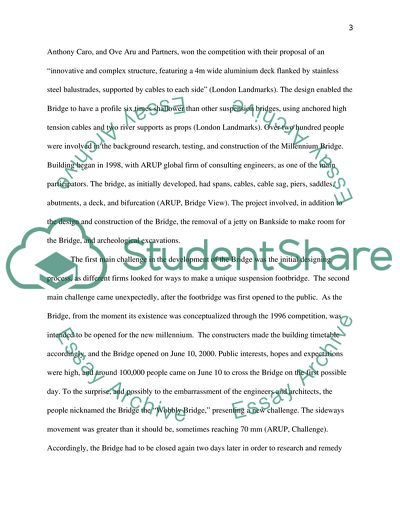Cite this document
(“The Negative Reputation of the Constructors of the London Millennium Research Paper”, n.d.)
The Negative Reputation of the Constructors of the London Millennium Research Paper. Retrieved from https://studentshare.org/history/1737668-study-skills
The Negative Reputation of the Constructors of the London Millennium Research Paper. Retrieved from https://studentshare.org/history/1737668-study-skills
(The Negative Reputation of the Constructors of the London Millennium Research Paper)
The Negative Reputation of the Constructors of the London Millennium Research Paper. https://studentshare.org/history/1737668-study-skills.
The Negative Reputation of the Constructors of the London Millennium Research Paper. https://studentshare.org/history/1737668-study-skills.
“The Negative Reputation of the Constructors of the London Millennium Research Paper”, n.d. https://studentshare.org/history/1737668-study-skills.


